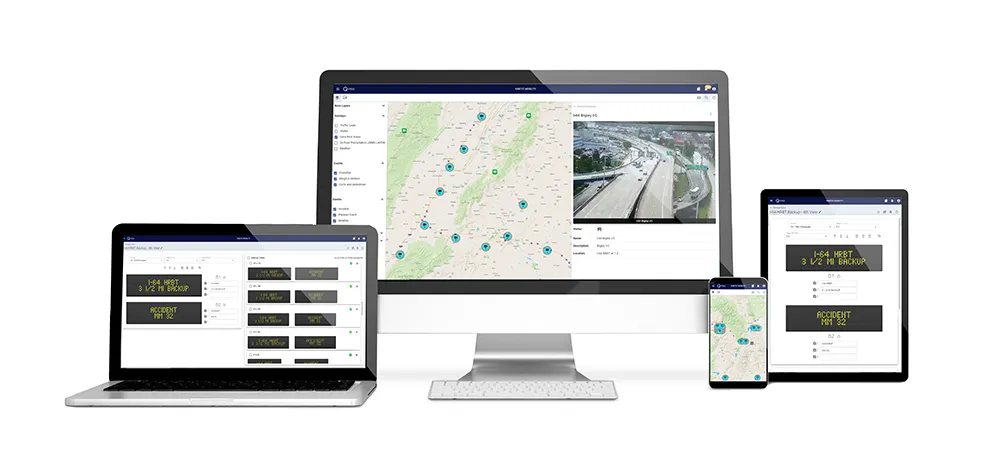
LTD provides infrastructure optimisation at little cost to cities and without interference with existing traffic operations. In the US, LTD has over 5,000 signalised intersections integrated into its SigPat platform and around 30,000 more are set to go live in 2019.
The platform promotes vehicle-to-infrastructure (V2I) communication and provides predictive and real-time data which includes traffic volume, arrivals on green, delays, queue lengths, travel times, vehicle trajectories and space-time diagrams. This data is collected and analysed on LTD’s cloud-based platform and is used by traffic engineers to optimise vehicular transportation, leading to decreased congestion, optimised traffic flow and reduced carbon emissions.
LTD is releasing a new feature as a first step towards using ARID (Anonymous Re-Identification Data). The company now offers travel-time and origin-destination estimation using Wi-Fi/Bluetooth sensor re-identification in intersections not equipped with vehicle detectors. This new feature allows engineers to quantify travel times at signalised corridors with both SPaT (Signal Phase and Timing) and detector data. Visitors are invited to explore LTD’s platform and experience what SigPat has to offer. LTD’s goal is to help traffic engineers and consultants envision how its platform can revolutionise city planning around the world.
Booth 707










